How to prevent moisture and dehumidification during the return of the south wind? Here are some tips for staying dry!
Every February and March, southern China often experiences an extremely humid period known as the "return of the south wind." This is caused by the return of cold air, followed by a rapid return of warm and humid air, which causes temperatures to rise and humidity to increase.

When the "return of the south wind" occurs, the air humidity is close to saturation, there is thick fog outside the house, and the walls and floors inside the house will "seep out water", it is wet everywhere, and it seems that water can be squeezed out of the air.
When the "return of the south wind" arrives, you should close all doors and windows in your home. While this won't completely block out outdoor moisture, it will significantly reduce the influx of warm, humid air. Afterward, seal and store items susceptible to moisture and mildew as soon as possible. Here's how to protect your furniture from moisture during southerly winds.
Tide fear index: four stars
The joints of panel furniture will swell, deform, or even crack due to moisture. In addition to placing moisture-proof bags, pay attention to the position of the joints and avoid them being too close to the ground or wall.
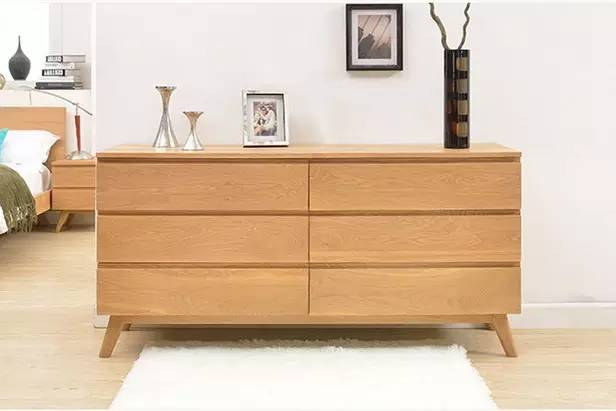
Tide fear index: three stars
For solid wood furniture, place a moisture-proof bag next to it to absorb moisture. After wiping it clean, apply walnut oil to prevent moisture. You can also use solid wood furniture cleaner for maintenance. If mold spots have already appeared, you need to remove them first.
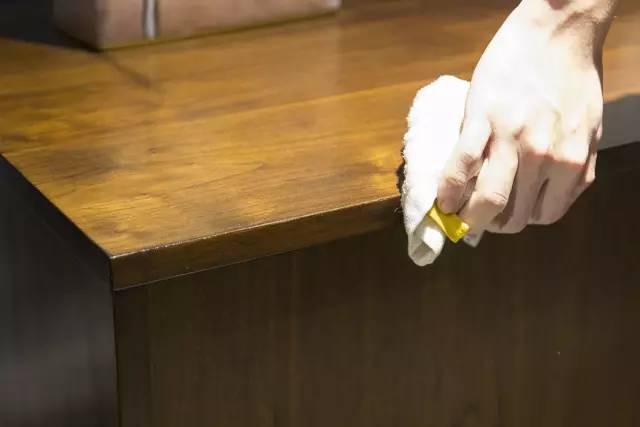
Tide fear index: five stars
Fabric furniture tends to attract dust on a regular basis, but during the return of the south wind, it absorbs moisture and becomes moldy. You can clean the surface with a vacuum cleaner and then dry it with a hair dryer.
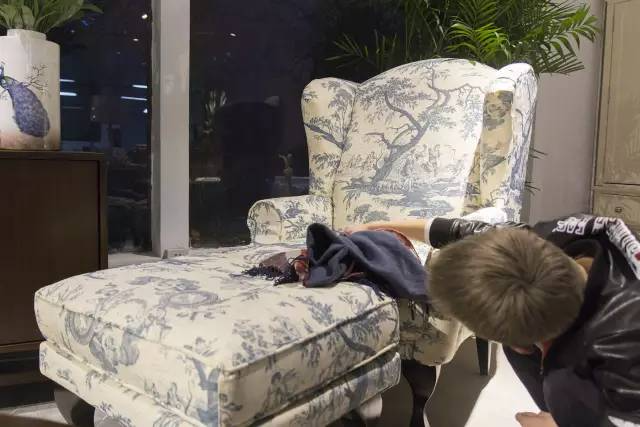
Tide fear index: three stars
Leather furniture may develop mold and harden during the return of the south wind. Before the return of the south wind, clean the furniture and apply maintenance oil. If mold has already appeared, remove it with a mold remover.
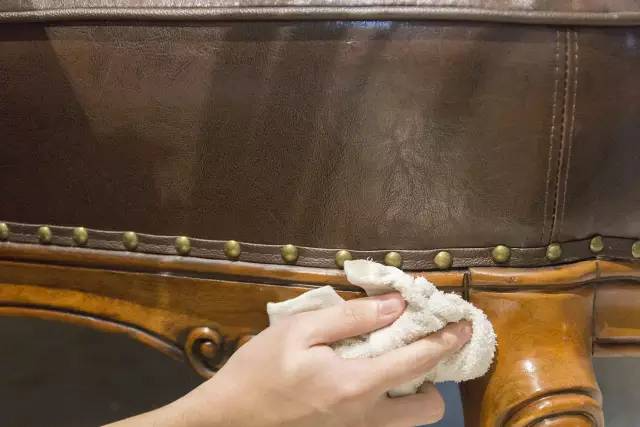
Tide fear index: five stars
The "iron" of wrought iron furniture is very easy to rust during the return of the south wind. When it is exposed to moisture, wipe it clean and apply maintenance oil. If rust has already appeared, first use a toothbrush dipped in rust inhibitor to brush it off, and then polish it with a dry cloth.

Tide fear index: four stars
Rattan furniture will turn black and easily deform when it gets wet. If you find dirt on it during normal use, it is best to scrub it with salt water. This will not only remove the dirt, but also make the rattan soft and elastic.
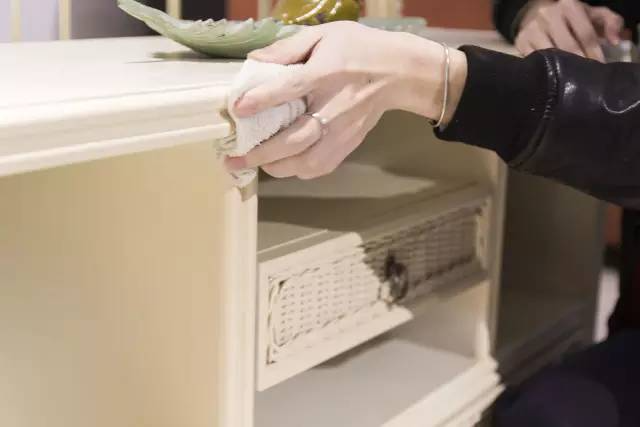
Sealed doors and windows
When the humid "return of the south wind" arrives, remember to keep your windows tightly closed, especially those facing south and southeast. The most important times to prevent moisture are morning and evening, when humidity is higher than at noon. If you don't close doors and windows promptly, moisture will seep into every corner of your home. Additionally, if you feel that keeping doors and windows tightly closed is preventing indoor air circulation, it's recommended to open them briefly at noon for ventilation.

Use moisture-proof agent, activated carbon, moisture-absorbing bag
Placing moisture-proofing agents, activated carbon, or moisture-absorbing bags in confined spaces (such as drawers, shoe boxes, and wardrobes) can effectively absorb moisture. Besides clothing, leather goods, stamps, cameras, pianos, computers, and audio/video equipment can also be dehumidified using this product.

Mopping the floor with hot salt water
This method can accelerate the evaporation of moisture. After mopping the floor, lay some waste cardboard boxes or newspapers at the door to reduce the amount of moisture brought in by the soles of your shoes.
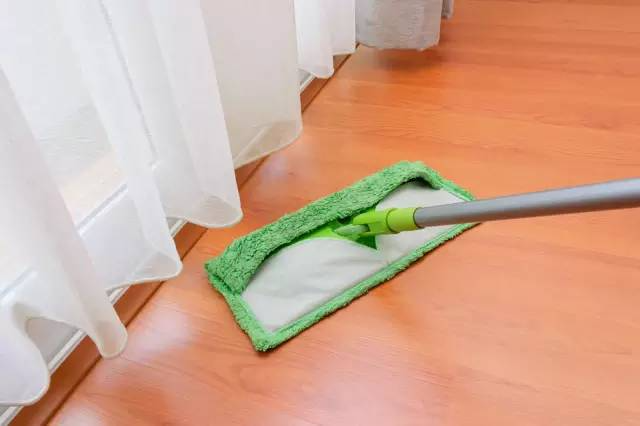
Use newspapers to deal with wet floors
For areas that have become damp and have accumulated water, you can spread newspapers on the ground. On the one hand, it can prevent slipping, on the other hand, it is also good at absorbing water, and it is also a waste recycling.
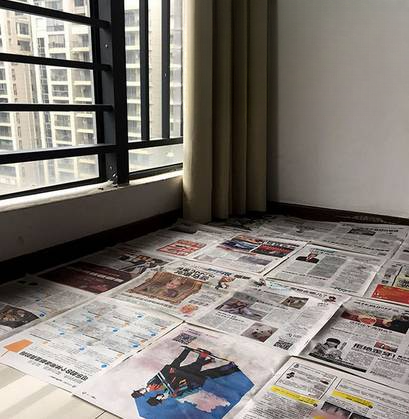
Light a candle
Lighting candles can prevent water vapor from condensing, thereby reducing indoor humidity. If your home already has a musty smell, you might want to choose candles containing natural plant aromatherapy oils. Such candles can not only dry the air but also remove the musty smell in the room.
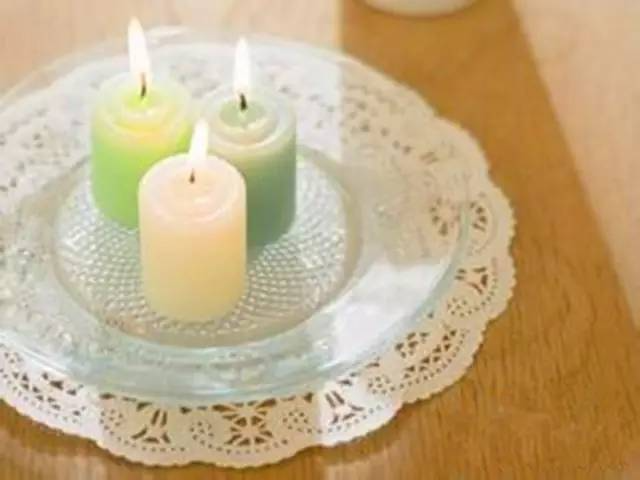
Clothes dryer
In humid weather, a hair dryer is fine for small loads of laundry, but if you do this for every piece of clothing, you'll be doing almost nothing else. For drying clothes, there are small appliances specifically designed for clothes drying that can help. Because of their simple design, they're also affordable, typically costing around two to three hundred yuan.
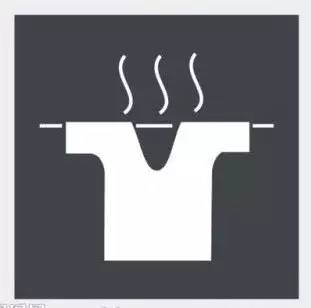
dehumidifier
A dehumidifier not only removes moisture but also dries clothes, but it's quite expensive, costing several thousand dollars. Therefore, whether or not to buy a dehumidifier depends on your budget.
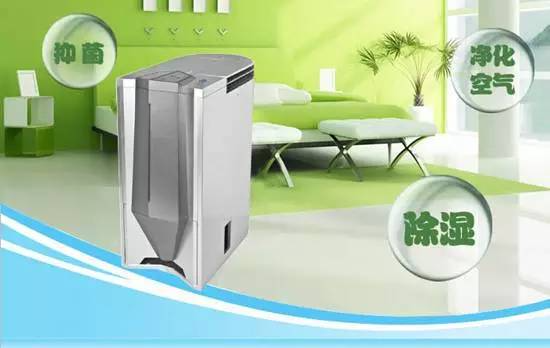
air conditioner
Air conditioners are currently the most common appliance used for dehumidification in homes. You can use the "Dehumidification Mode" button on your remote control to activate the dehumidification function (usually represented by a water droplet image) to remove moisture from the room. While it's recommended to use the air conditioner more frequently for dehumidification during humid seasons, remember that the air conditioner itself also requires maintenance and moisture protection.
North wind
Open doors and windows when the wind shifts to the north. Over 80% of the return of the south winds are caused by cold air moving south. If the forecast predicts a southerly cold front and the wind shifts north, you can safely open doors and windows for ventilation.
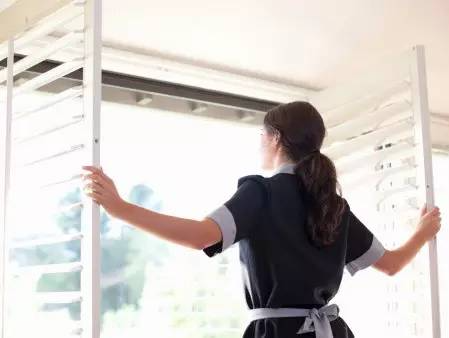
television
In humid weather, users can set the TV to standby mode . In standby mode, the transformer and other components inside the TV are in operation, emitting heat. This helps dissipate moisture in humid weather. Also, pay attention to the cleanliness of the TV body. It is best to use a dust-proof TV cover when the TV is not in use.
refrigerator
When placing your refrigerator, be careful not to place it against a wall . Walls are susceptible to moisture in humid weather, and this can reach the refrigerator's internal components through small holes on the outside, causing moisture to form inside. The refrigerator should be placed approximately 10 centimeters from the wall, ideally in a well-ventilated location.
washing machine
Try not to place the washing machine in the bathroom ; it is recommended to place it in a well-ventilated area. Also, pay attention to the electronic controls inside the washing machine to avoid getting them wet. If a malfunction occurs, stop using it immediately.
air conditioner
The air conditioner should be turned on and used at irregular intervals , and the filter should be cleaned periodically to prevent the bacteria and dust adsorbed on the filter from multiplying and spreading.
The above is the moisture-proof and dehumidification guide compiled by Ji Zaijun for everyone. I hope everyone can say goodbye to humidity and make your home and mood refreshed!